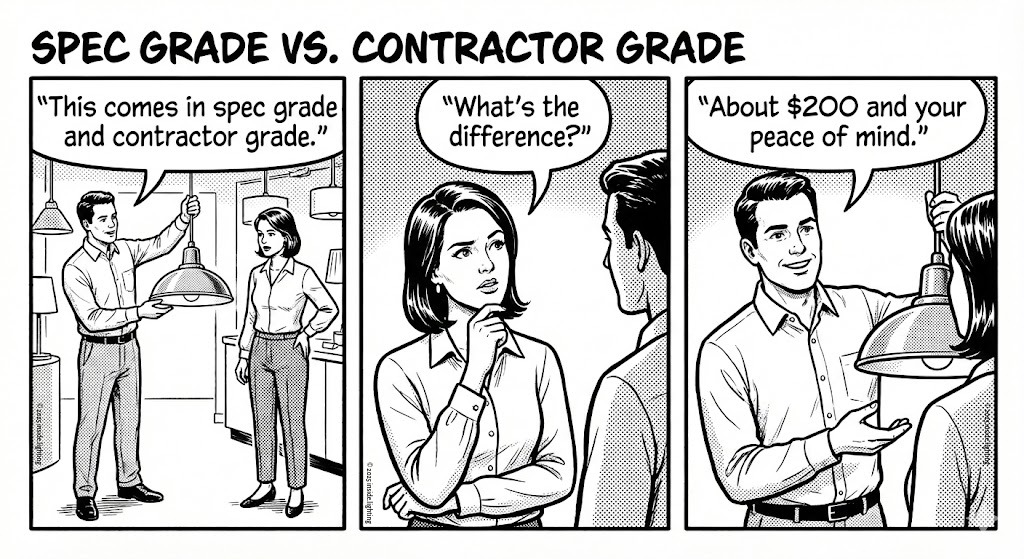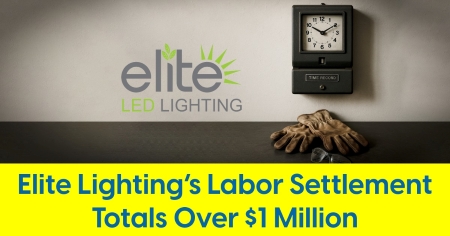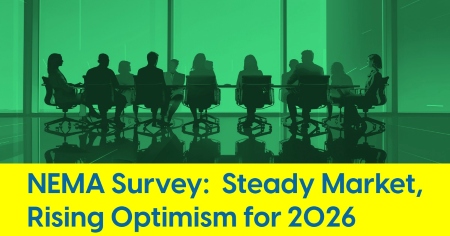October 28, 2024
Signify Prepares for Potential Tariff Pivot as U.S. Election Looms

CEO outlines adaptable strategies for China-based manufacturing shift if tariffs rise
During Signify’s third-quarter earnings call on Friday, CEO Eric Rondolat addressed concerns over potential increased or additional tariffs in the event of a Donald Trump re-election, highlighting the company’s readiness to adapt its extensive China-based manufacturing operations that serves the U.S. market. Analyst Adam Parr from Redburn Atlantic posed a question regarding the impact of a possible tariff hike on Signify’s profitability, particularly relevant given the company’s significant production footprint in China, which includes both LED lamps and select mass-produced light fixtures.
Notably, in 2023, Signify unveiled a 2.1 million-square-foot mega factory in Jiujiang, Jiangxi Province, through its subsidiary, Zhejiang Klite Lighting Holdings Co., Ltd., reinforcing China as the company’s major manufacturing base.
Rondolat outlined a contingency framework involving a potential Plan A, Plan B, and Plan C, with possible shifts to alternative production bases, such as Mexico, India, and Indonesia, if tariffs rise. Below is the edited transcript of Parr's question and Rondolat’s response, offering insights into how Signify aims to safeguard its U.S. market strategy amid evolving global trade dynamics.
Adam Parr, Redburn Atlantic
“Given you produce quite a lot in China, with the probability of a Trump presidency currently increasing, can you please remind us how the 2017-18, tariffs in his last presidency impacted your profitability, and what impact you might see if he puts up significant tariffs again?”
Eric Rondolat, CEO, Signify
“So the tariff situation, it's not a new one, because when the tariff increased in past years, we adapted our production footprint. So basically, we looked at the categories of products that could be sourced closer to the US or in the US, and still doing so at the price that would be competitive against the Chinese prices, or the price of the goods that would be manufactured in China. At the end of the day, when we did that exercise, it was for a limited part of the portfolio.”
“Then we looked at the second category of products, the one that would also be better produced in Mexico, for instance thanks to the tariffs. We moved also some of these products, but we kept part of the production in China, because there was no way, given the actual level of tariffs, to be produced anywhere else at the right level of cost.”
“Now, things may change, and we are preparing ourselves. We are preparing ourselves in the following fashion:”
“So first of all, we are defining other territories in low-cost countries that could serve as production bases. At this point in time, we have two very important markets at Signify where it makes sense to have expanded manufacturing activities, because we sell to the local market and can also serve the more global market and the US market. We are targeting India and Indonesia, while at the same time, we are also looking at specializing some of the plants that we have in Mexico to be able to transfer more activities quickly if the tariffs increase.”
“We're talking about tariffs throughout our business, our industry today that are between 20 to 25%. If that goes up to 60%, it will offer a lot of possibilities to further reduce costs by sourcing closer to the States or in other countries than China... Look, at this point in time, we have a plan, we have a Plan A, a Plan B, and a Plan C, depending on where the political decisions are going to go. But we are very well positioned, and probably much better than we were when the tariff increased the first time.”
“Now, from a competitive standpoint, I think that everybody faces more or less the same situation, because when you look at China, you don't only look at finished goods, but also at components. And it's possible to assemble finished goods in many different parts of the world, but getting the components is a bit more complicated, because a lot of them are coming from China. So we're looking at all these aspects—components, finished goods, different geographies—and a plan to react. We believe that if tariffs are announced, we should be able to react within six to nine months, but I guess that's the case for the industry at large.”










